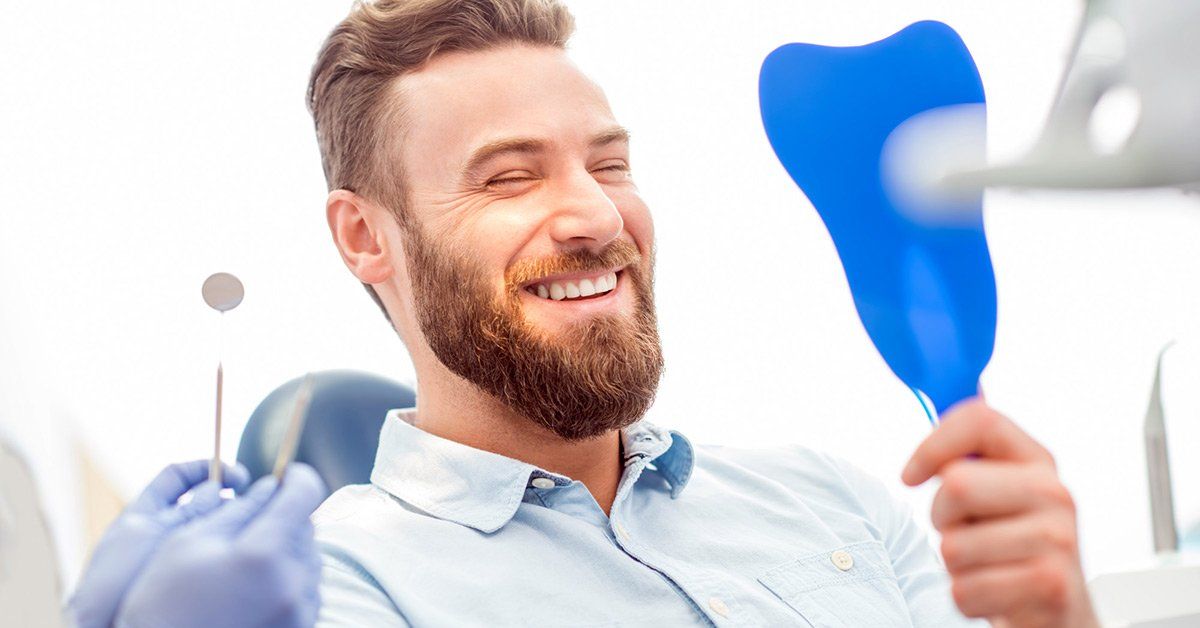How Orthodontic Treatment Can Help
When it comes to the orthodontist, you might be wondering how orthodontic treatment can help. Learn everything you need to know here!
More than 4 million Americans wear braces and 25% of those Americans are adults. There are many reasons that people opt to go with orthodontic care and you might be in a position to make that decision.
Read on to learn everything you need to know about how orthodontics can help you and exactly what you can expect!
What Is Orthodontic Treatment?
Who Are Orthodontic Professionals?
These professionals are also called orthodontists, orthodontic specialists, or orthodontic and dentofacial orthopedists. There are many steps in their education. College is the first step, followed by dental school and an orthodontic residency school.
They must complete a residency program that lasts two to three years. This program is how they become specialized in orthodontics.
What Can Orthodontics Treat?
There are several symptoms and ailments that orthodontia can treat. Your orthodontist will review your medical and dental history, x-rays, photographs, and molds of your teeth to determine what your needs are. Here are some common problems that it may deal with:
- Crowded Teeth: Teeth that are too close together and do not fit properly on the dental ridge.
- Spacing: Teeth that do not fill the dental ridge. This leads to spaces and gaps between teeth.
- Misaligned Midline: The center of your upper front teeth does not align with the lower center.
- Open Bite: When the mouth is closed, your bite does not come to a full close.
- Overbite: The upper teeth sit positioned over the bottom teeth.
- Underbite: The lower teeth sit positioned over the upper teeth.
- Crossbite: The lower and bottom teeth do not sit correctly over each other and appear off-center.
What Are the Benefits?
Several benefits come from orthodontic treatment and vary depending on each individual. The following can be major benefits.
Improperly aligned teeth can make it difficult to clean. Food, build-up, and bacteria can get stuck in those hard to reach places.
Treatment decreases the likelihood of tooth decay and periodontal disease.
Chewing incorrectly can put a strain on muscles causing headaches, TMJ, and neck, shoulder, or back pains. It may also help improve speech and eating.
Our smiles are an important aspect of self-confidence for many of us. Reports have shown that
over half of Americans are unhappy with the way their smile looks. Orthodontics can help improve the appearance of your teeth and your smile.
Types of Treatment
After a full examination, your orthodontist will provide you an outline of their suggested treatment plan. This may include multiple different devices, processes, and appliances.
Fixed Braces
When teeth need accurate guidance, fixed braces are a very common appliance. These consist of brackets attached to the teeth and are joined by a flexible wire. You will not be able to remove this appliance as it is temporarily bonded to the teeth.
These are most commonly bonded to the front of the teeth but there may be options to bond to the inside of the teeth. Your orthodontic specialist will tighten the wire to create more tension on your teeth at visits. The tension will gradually move the teeth into the correct position.
Elastics
Elastics are sometimes used in conjunction with fixed braces. These help move the teeth and most notably aid in attempting to align the jaw or bite. If you have a bite-related issue, this may be the longest phase of your treatment plan.
Removable Braces
A removable brace appliance could be a possibility. This plate can be taken out by you when you are performing your oral hygiene routine and eating. These appliances have wires and springs attached that gently guide teeth into position and are worn for most of the day.
Functional Braces
Functional braces work to correct issues relating to the bite. These appliances can be fixed or removable. The Twin Block is an example of a functional appliance that helps patients who are still growing.
Headgear
Headgear exists outside of the mouth in combination with other appliances. This appliance is used to support correct jaw growth and bite. Typically this is used in children who are still growing as it will guide jaw growth. Usually, it is worn in the evening or at night but each individual is different.
"Invisible" Braces
Some people may have the option of using invisible braces. Invisalign is a clear, tough plastic aligner or mold that works to straighten the teeth. There are a number of sets made slightly different for each specific patient.
The clear plastic allows you to get treatment without anyone knowing. However, they should be worn for the majority of the day to get adequate results. All adult teeth must have come in before this option is available.
Retainers
Following your treatment, you will likely be issued a retainer. This will help maintain the work that you have done. The time that you need to wear this appliance varies.
A retainer may be fixed or removable depending on your situation. Fixed retainers are metal wires or chains that bond to the back of your teeth. Removable retainers may consist of metal wiring or clear trays.
How Long Does Treatment Take?
The length of your treatment depends on the severity and specifics of your situation. When your orthodontist assesses you, they will give you an estimate on the time frame. Treatment could last anywhere from a few months to a couple years or more.
Who Should Undergo Treatment?
Everyone has the potential to benefit from orthodontic treatment. A professional can assess how successful treatment will be for you.
Orthodontics are most successful for children who benefit from growing teeth and jaws. However, age does not exclude you from getting great results. An important factor to consider is having enough teeth to undergo treatment.
Will It Be Successful?
Success will depend on a combination of factors. Cooperating with your orthodontist's instructions is vital to getting the right results. The more that you invest, the less damage, and better results.
Even after you have completed your treatment plan you might need to wear retainers to maintain results. It is unusual for someone to need repeated treatment even with minor movements.
How to Get Treatment
The first step to getting great results is finding and working with a dental team. Their advice can guide you in the right direction with referrals and recommendations.
Love Your Smile, Improve Your Health
Orthodontics offers many benefits including improved health, self-confidence, speech, relief of pain, and more. Now that you are aware of the amazing benefits, you are that much closer to making these helpful changes.
We would be happy to help with your journey to the perfect smile! Contact us today to schedule an appointment or to get more information.


